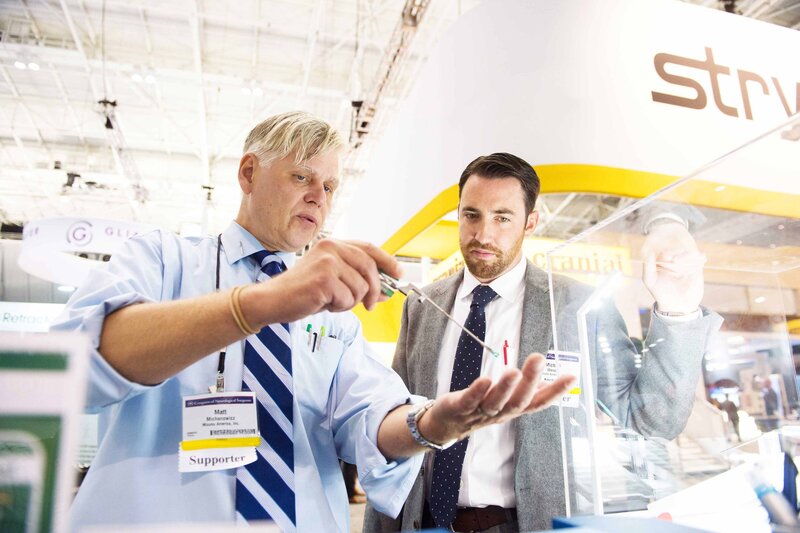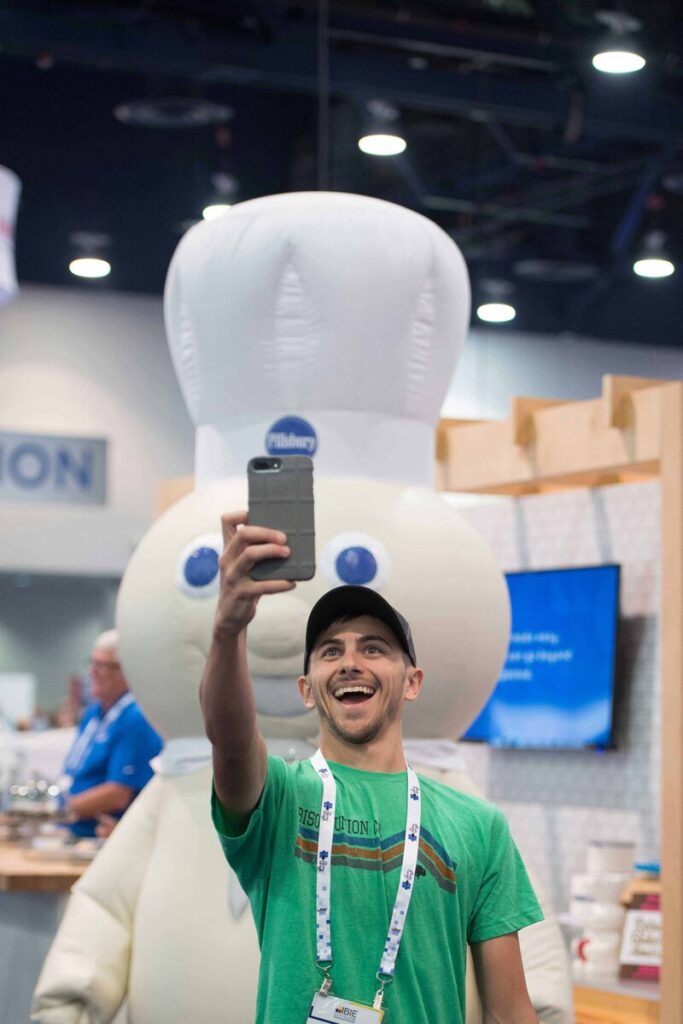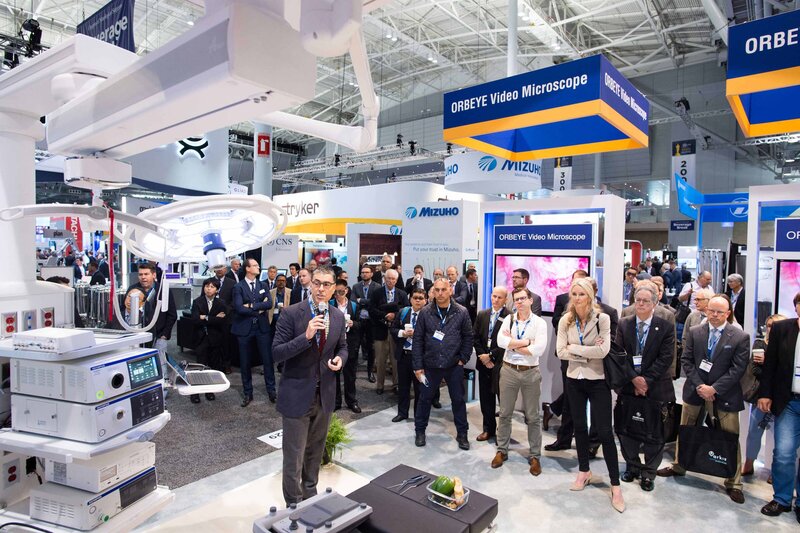How to Set Up Your Camera for Corporate Event Photography: Pro Tips
January 29, 2025
Your camera setting, more often than not, is determined by the nature of the event you’re covering. For instance, if you’re working a corporate event, then you need to know how to set up your camera for corporate event photography. The right camera setting can turn an ordinary moment into a cherished photograph, so let’s examine the settings that work best.
How to Set Up Your Camera for Corporate Event Photography
Corporate event photography requires a careful selection of camera gear, a thorough understanding of camera settings tailored for indoor environments, and preparing necessary tools like memory cards and batteries. These elements allow you to capture the event’s essence with precision and reliability.

Choosing the Right Camera and Lenses
Selecting the appropriate camera and lenses is fundamental. A camera with a fast autofocus system and excellent low-light performance is ideal. For corporate event photography, full-frame cameras are often preferred due to their superior image quality.
Consider investing in both prime lenses and zoom lenses. Prime lenses, such as a 50mm f/1.8, provide sharp images and perform well in low light. A versatile zoom lens, like a 24-70mm, offers flexibility when capturing varied scenes or subjects. This combination allows you to adapt to different situations, making sure you are well-equipped for any event scenario.
Understanding Camera Settings for Indoor Events
Indoor events often present challenging lighting conditions. Set your ISO to a level that balances sensitivity and noise, typically around 800 to 1600, depending on the venue’s lighting. Keep your aperture wide, using settings like f/2.8 or f/4, to allow more light and create a pleasing background blur.
Adjust your shutter speed to around 1/100th of a second to prevent motion blur, especially if people are moving. If you’re worried about handshake, consider using a tripod. Set your white balance manually or use presets designed for indoor lighting, facilitating accurate color representation in your photos.
Preparing Your Gear: Memory Cards, Batteries, and Tripod
Preparation is key. Carry multiple memory cards to avoid running out of storage during an event. High-speed cards reduce lag between shots and are vital for capturing burst-mode images. Bring enough batteries to cover the entire event, factoring in time for flash use, which can drain power quickly.
Having a tripod can be beneficial, especially for stable shots in low light or when using longer shutter speeds. If you’re shooting with heavy lenses, a tripod also reduces the strain on your arms, allowing for a more comfortable experience. With these preparations, you’re set for a successful corporate event shoot.
Lighting and Exposure Techniques
Understanding lighting and exposure is key for capturing great images at corporate events. Properly adjusting your camera’s settings will enhance image quality, manage lighting challenges, and guarantee professional results.
Managing Lighting Conditions with Aperture and Shutter Speed
To effectively control lighting conditions, focusing on aperture and shutter speed is key. The aperture, expressed as f-stop, dictates how much light enters the lens.
- A lower f-stop like f/2.8 lets in more light, ideal for dim settings.
- Conversely, f/8 or higher is suitable for bright environments where too much light can overexpose the image.

Shutter speed determines how long the camera’s sensor is exposed to light.
- A faster shutter speed, like 1/200th of a second, helps freeze motion and is perfect for capturing dynamic moments at events.
- In low light, slower shutter speeds like 1/60th may be necessary and require a steady hand or tripod to avoid blurring.
Balancing aperture and shutter speed is key to managing various lighting scenarios effectively. Adjust these settings according to the ambient light and desired depth of field.
Using Flash Effectively in Corporate Settings
Incorporating flash can significantly improve lighting in darker venues. On-camera flash is convenient; however, it can cause flat lighting. A speedlight provides more flexibility. Using TTL (Through-The-Lens) metering, speed lights automatically adjust flash output for optimal exposure, allowing for balanced images in complex lighting.
Bouncing the flash off nearby surfaces rather than pointing it directly at subjects helps distribute light evenly, avoiding harsh shadows. Using flash diffusers softens the light, making it more flattering.
When working in professional environments, be mindful of overusing flash, as it might distract attendees. Subtle adjustments to flash intensity can complement the natural atmosphere of the event.
Adjusting ISO and Noise Reduction
Setting the right ISO is vital for good exposure, especially in low-light conditions. A higher ISO increases sensitivity to light, which is useful for avoiding motion blur without the need for excessive flash. Be cautious; high ISO settings can introduce noise, reducing image quality.
Newer cameras offer advanced noise reduction features to help minimize graininess at high ISO levels. Experiment with settings and post-processing techniques to achieve a balance between sensitivity and image clarity.
Exposure compensation is a handy tool for adjusting brightness without altering other settings. Use it to fine-tune your images to make sure they are neither too dark nor overly bright.

Frequently Asked Questions
What Are the Ideal Camera Settings for Photographing a Corporate Event?
For corporate events, adjust your ISO to handle low light, typically ranging from 800 to 1600. A faster lens with a wide aperture like f/2.8 is beneficial. Keep your shutter speed above the lens length, such as 1/50 for 50mm focal length, allowing for sharpness and clarity.
How Do You Photograph a Corporate Event Effectively?
Arrive early to gauge the venue’s lighting and layout. Capture candid moments and key highlights, focusing on moments of interaction and engagement. Prepare to adapt settings quickly to changing conditions at the event. Post-processing is vital; aim to enhance colors and clarity to give a professional touch to the final images.
What Camera Mode Yields the Best Results in Event Photography?
Using Aperture Priority mode allows you precise control over depth of field, which is vital for creating striking portraits with busy backgrounds. Adjust the aperture to highlight subjects while maintaining enough background detail to keep context. This mode provides a good balance for handling varying lighting conditions commonly found in corporate venues.
Conclusion
Setting up your camera correctly for corporate event photography is key to capturing memorable and professional images. Take the time to practice using these settings beforehand so you feel confident and prepared. Capturing great shots requires a mix of technical skills and creativity, and with the right setup, you’ll convey the story of the event beautifully.
Narrative Images
Our brands
Contact Us
info@narrativeimagesphoto.com
tele
619.804.5019
Address
4521 Normndie PL
La Mesa CA 91942
United States